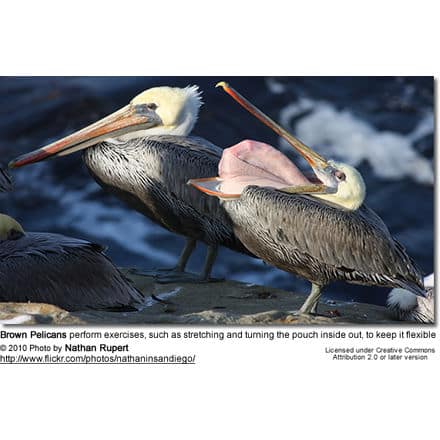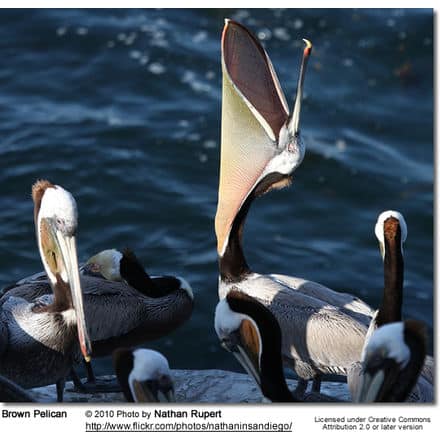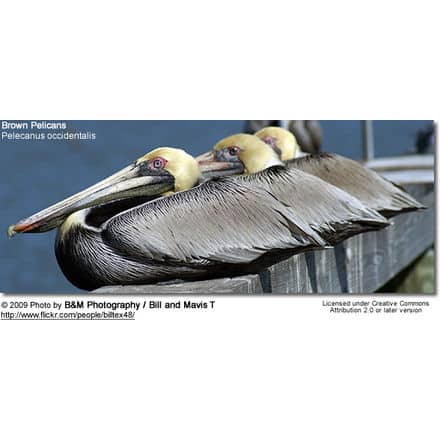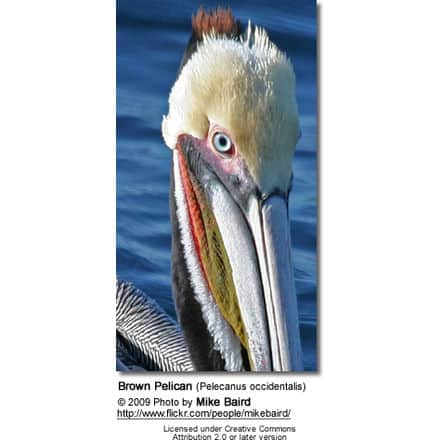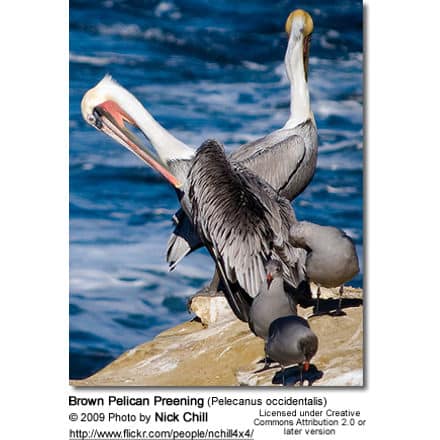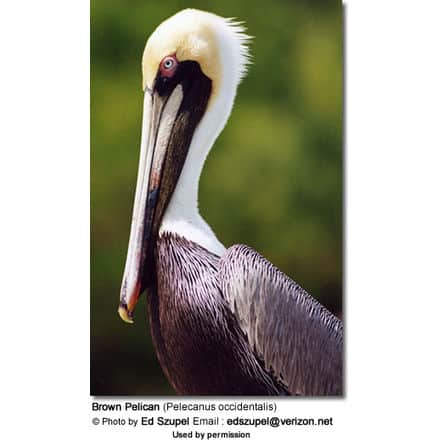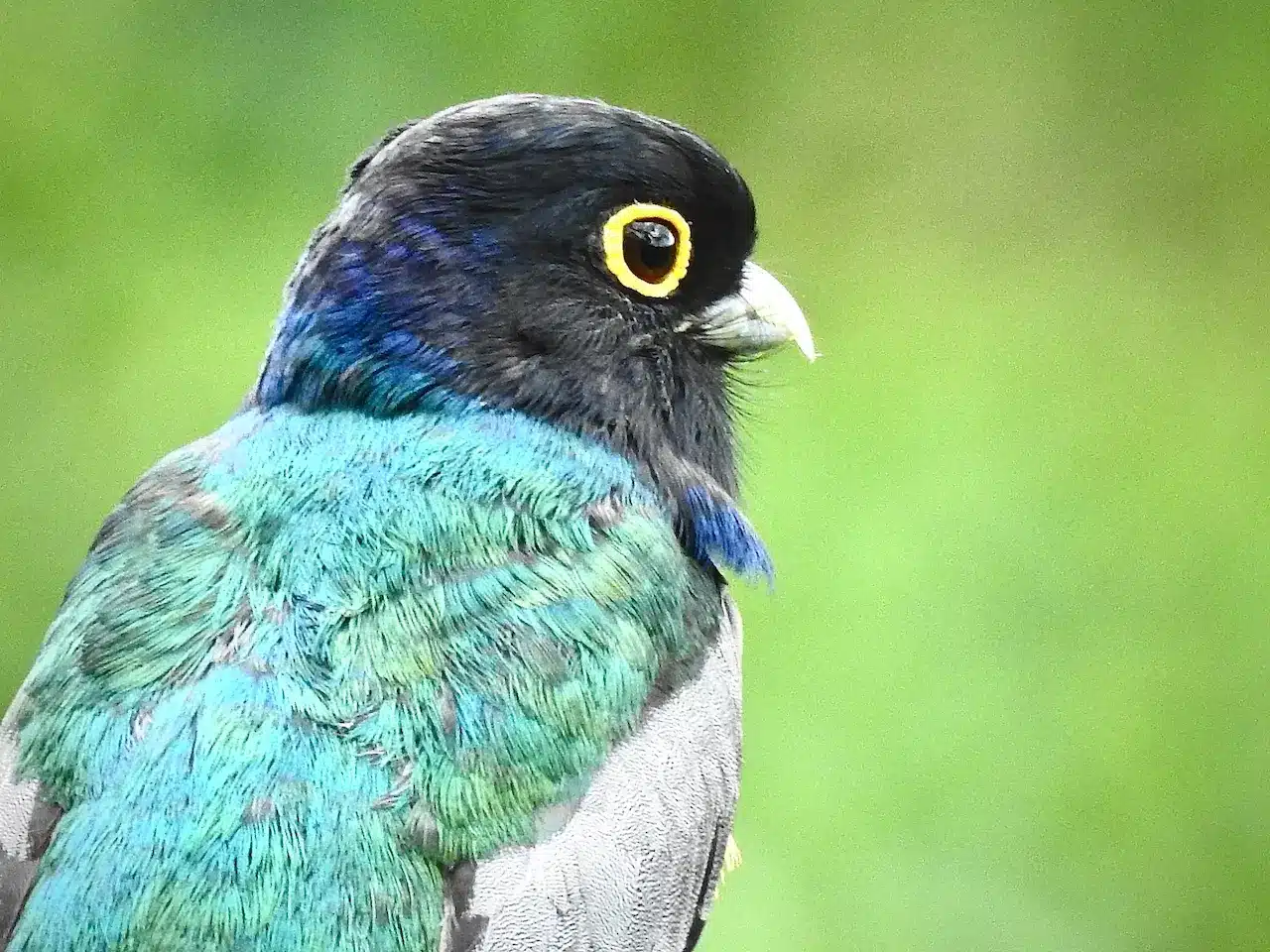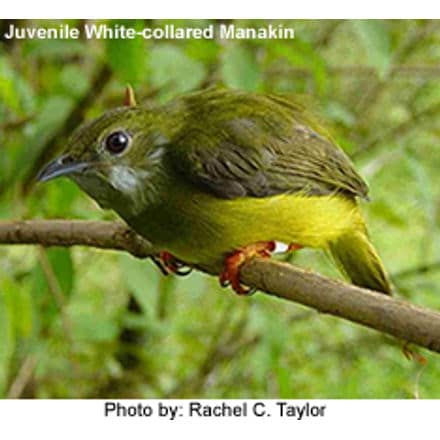Brown Pelicans
The Brown Pelican (Pelecanus occidentalis) is a small pelican. Its maximum lifespan is about 30 years; however, ocean pollution is considered the biggest threat to its existence.
The Eastern Brown Pelican is the State Bird of Louisiana.
Subspecies:
- Caribbean Brown Pelican – Nominate Race (Pelecanus occidentalis occidentalis – Linnaeus, 1766)
- California Brown Pelican (Pelecanus occidentalis californicus)
- Eastern Brown Pelican (Pelecanus occidentalis carolinensis – Gmelin, 1789)
- Pacific Brown Pelican (Pelecanus occidentalis murphy – Wetmore, 1945)
- Galapagos Brown Pelican (Pelecanus occidentalis urinator – Wetmore, 1945)
The Peruvian Pelican (Pelecanus thagus) was once considered a subspecies of the Pacific Brown Pelican. However, taking into consideration their separate ranges and considerable size differences, it has been reclassified as a separate species.
Distribution / Habitat:
They are found on coastlines in the Americas from Washington and Virginia south to northern Chile. They also inhabit the mouth of the Amazon River, and the island of Saut d’Eau in Trinidad and Tobago. Young birds may stray to inland freshwater lakes.
After the breeding season, the North American Brown Pelicans migrate in flocks further north along the coasts.
Flocks of Brown Pelicans often travel in single file, flying low over the water’s surface.
The Brown Pelican is protected by the Migratory Bird Treaty Act of 1918.
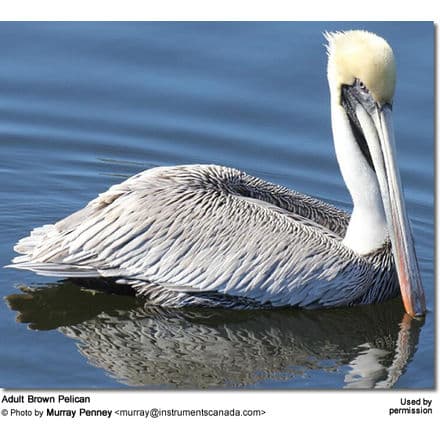
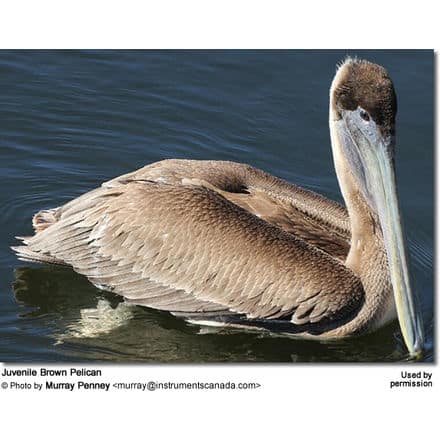
Description:
Even though the Brown Pelican is the smallest of the eight species of pelican – it is still very large, averaging 106–137 cm (42–54 in) in length and weighing from 2.75 to 5.5 kg (6-12 lb). It has a wingspan of 1.83 to 2.5 m (6 to 8.2 ft).
The plumage is predominantly brown with some whitish/black markings. The head and neck of the adult (male or female) are yellowish-white.
Juveniles are mostly brown (including head and neck).
Similar Species: This bird is distinguished from the American White Pelican by its brown body and its habit of diving for fish from the air, as opposed to cooperative fishing from the surface.
Diet / Feeding:
Its main diet consists of herring-like fish, amphibians as well and crustaceans.
Nesting / Breeding:
Brown Pelicans nest in colonies, generally on islands. The bulky stick nest is typically located on the ground on an island or in a low tree.
The average clutch consists of 3 eggs. The chicks eat around 150 lbs. of fish in the 8-10 month period they are cared for by their parents.
